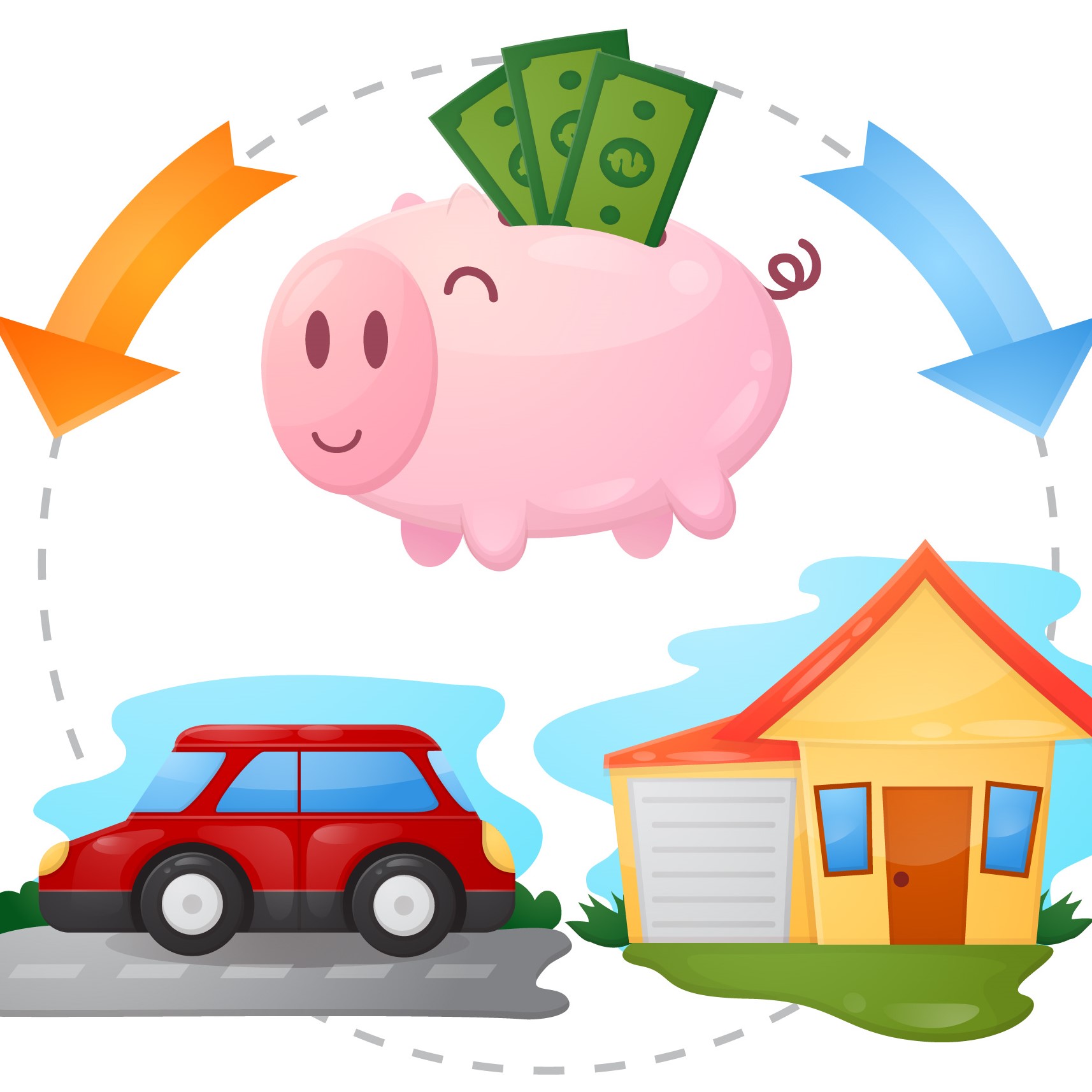
When it comes to building a secure financial future, two words often come up — putting money aside and making your money work for you. While they might sound similar, they play very different roles in your financial journey. Knowing when to simply set cash aside and when to channel it into opportunities for growth is key to reaching your dreams, whether that’s buying a house, traveling the world, or retiring early.
Let’s dive into the difference between setting funds aside safely and placing them in growth opportunities — and why both are essential for a solid financial plan.
What It Means to Set Money Aside

Setting money aside usually means parking your funds somewhere safe and accessible. Think of it as building a safety net for life’s surprises — like an unexpected car repair or a sudden medical bill.
Typically, this involves:
- Savings accounts at your local bank
- Certificates of deposit (CDs) with fixed returns
- Money market accounts offering slightly better rates than a regular savings account
The biggest advantage? Stability. Your funds are shielded from market ups and downs. Plus, they’re often insured (up to certain limits) by institutions like the FDIC.
However, there’s a trade-off: your money grows very slowly. Interest rates on savings accounts rarely keep pace with inflation, which means your purchasing power can shrink over time if you rely solely on saving.
How Putting Your Money to Work Is Different
While setting money aside protects your cash, placing it into opportunities aims to grow it. This involves accepting a certain level of risk for the chance of earning higher returns over time.

Common ways people let their money work for them include:
- Stock market investments — owning shares in companies
- Bonds — lending money to governments or corporations
- Real estate — buying property to rent or sell for profit
- Mutual funds and ETFs — pooling money with others to invest in a diversified portfolio
The idea here is simple: take calculated risks to potentially earn more than what a savings account would offer. Over long periods, the stock market, for instance, has historically delivered better returns than traditional saving vehicles — though it can be bumpy along the way.
Why You Need Both Strategies

Here’s the truth: It’s not about choosing only one.
- Short-term needs? You’ll want to set cash aside in a safe spot where you can access it quickly and without penalties.
- Long-term goals? It’s smart to consider putting money into assets that have the potential to grow and beat inflation.
A balanced financial plan often involves a mix of both. It’s like having an umbrella for rainy days (your savings) and a sail for sunny days (your investments).
Questions to Ask Yourself

Before deciding where to place your money, consider:
- How soon will I need the money?
If you’ll need it within the next year or two, safety is crucial. If your timeline is longer, you can afford to ride out some ups and downs.
- What’s my risk tolerance?
Some people lose sleep when their investments fluctuate. Others are comfortable with some volatility for the potential of higher returns.
- What are my financial goals?
Saving for a wedding next year looks very different from building wealth for retirement 30 years from now.
Real-Life Example

Imagine you’re planning a big international trip in 18 months. You wouldn’t want to place that money in the stock market where a sudden dip could wipe out part of your travel fund. Instead, you might keep that cash safely tucked away in a high-yield savings account.
Meanwhile, for retirement 25 years down the road, keeping all your money in a low-interest savings account would mean missing out on decades of potential growth. Here, putting your funds into a diversified portfolio could make a huge difference.
Final Thoughts
Understanding the roles of saving and investing is like understanding when to play defense and when to play offense in a game. You need both to win.
Setting money aside protects your financial stability, while strategically placing funds into growth opportunities helps you build real wealth. Balance, patience, and a clear understanding of your goals are the keys to success.
Ready to start? Begin by reviewing your goals, creating an emergency fund, and then exploring ways to let your money work smarter — not harder — for you.
